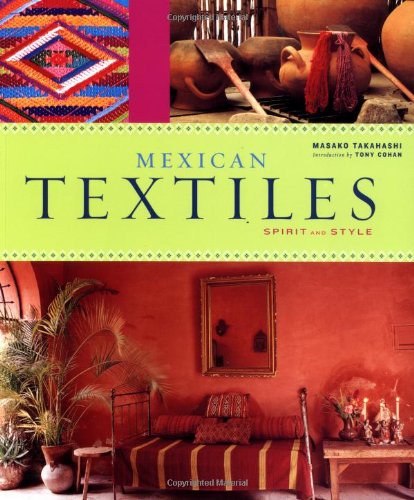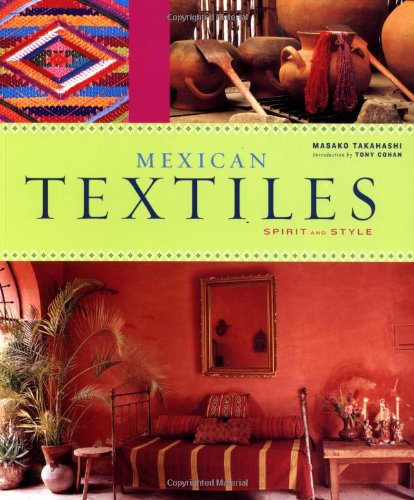Mexican Textiles (MT) is a fascinating subject that encompasses the rich heritage and traditions of textile art in Mexico. This MT industry has a long history dating back to pre-Columbian times and has evolved over the years to become a significant part of Mexican culture.
Mexican textiles are renowned for their vibrant colors, intricate designs, and skilled craftsmanship. They are created using various techniques such as weaving, embroidery, and dyeing, with each region in Mexico having its own unique style and patterns. MT showcases the creativity and talent of Mexican artisans, who often incorporate cultural symbols and stories into their creations.
These textiles are not only beautiful but also hold cultural and historical significance. They are used in traditional ceremonies, clothing, home decor, and even as works of art. MT plays a crucial role in preserving and promoting Mexican cultural identity.
If you are interested in learning more about MT, this website provides a comprehensive guide on the history, techniques, and significance of Mexican textiles. Explore the beauty and diversity of MT and discover the stories behind these extraordinary creations.
Mexican Textiles: A Rich Cultural Heritage
Mexican textiles are renowned for their vibrant colors, intricate designs, and rich cultural significance. Dating back thousands of years, these textiles reflect the diverse indigenous cultures of Mexico and their unique artistic traditions.
Traditional Mexican Textiles encompass a wide range of fabrics and techniques, each with its distinctive characteristics. One such example is the rebozo, a long rectangular shawl typically made from cotton or silk. Rebozos are woven on a backstrap loom, and their designs often incorporate symbols and motifs that represent ancestral beliefs and cultural heritage.
Another iconic Mexican textile is the huipil, a traditional blouse worn by indigenous women. Huipils are made using a variety of techniques, including embroidery and brocade. Each huipil is a unique piece of art, showcasing the weaver's skill and creativity. The intricate patterns on a huipil can convey stories from the community's history or reflect the weaver's personal experiences.
The Cultural Importance of Mexican Textiles
Mexican textiles hold immense cultural significance, as they are deeply intertwined with Mexico's history and identity. These textiles serve as a visual language, communicating stories, traditions, and beliefs from one generation to the next.
Furthermore, Mexican textiles play a vital role in preserving indigenous cultures and supporting local communities. Many artisans, predominantly women, rely on textile production as a source of income. By purchasing Mexican textiles, consumers not only support these artisans but also contribute to the preservation of traditional techniques and cultural heritage.
In recent years, Mexican textiles have gained global recognition for their beauty and craftsmanship. From intricate embroidery to vibrant woven designs, these textiles represent the creativity and talent of Mexican artisans. Whether used as clothing, home decor, or art pieces, Mexican textiles continue to captivate and inspire people worldwide, showcasing the rich cultural heritage of Mexico.
Mexican Textiles: A Vibrant Tradition
Publisher: Chronicle Books (July 1, 2003)
Language: English
Paperback: 144 pages
ISBN-10: 081183378X
ISBN-13: 978-0811833783
Item Weight: 1.52 pounds
Dimensions: 1 x 1 x 1 inches



